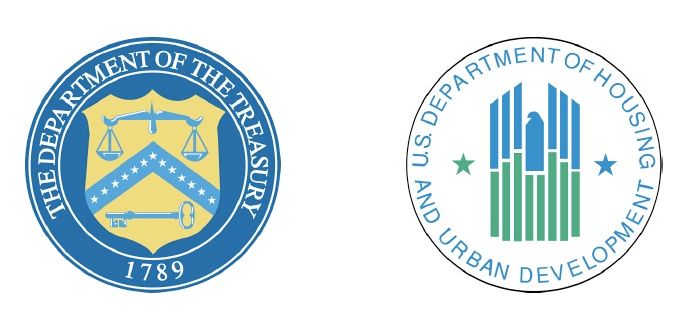
As expected, the Obama administration’s proposals to reconfigure the federal government’s participation in the mortgage market, presented in a document released on Friday titled “Reforming America’s Housing Finance Market,” suggest a few options without strongly endorsing one of them. Which is the administration’s way of saying it will take a while to figure out which plan will eventually clear the inevitable political hurdles while it attempts to address the practical ones – most especially how to protect taxpayers from mortgage-industry failures and housing market downturns.
One of three options in the proposal would eliminate all government guarantees for middle-class mortgages. The second would offer government guarantees in times of financial distress, and a third would provide government guarantees on a range mortgage products provided lenders first buy their own coverage for each loan from a private insurer. The latter plan, in many ways akin to what we already have with the much beleaguered mortgage securitizers Fannie Mae and Freddie Mac, likely would push origination fees higher, although, some say, it could also moderate rate increases by compelling lenders to be more prudent each step of the way, thus reducing their overall exposure to risk.
New skirmishes on interest-deduction battlefront?
Housing industry groups, including the National Association of Home Builders and the Mortgage Bankers Association, as well as other interested parties, certainly won’t be shy about pitching their preferred interpretations of the proposals, although the Treasury Department’s analysis in the report seems to reflect a reluctance to let regulatory strictures slacken, and to keep mortgage-industry entities involved in loan guarantees from becoming “too big to fail.”
Treasury’s report does recommend reconsidering the mortgage-interest tax deduction, a subject that, as we’ve mentioned, has long preoccupied the NAHB. One observer, a writer for Forbes magazine, points out that the deduction, as currently written, reduces the government’s annual income by a bit over $200 billion – considerably more than the $150 billion or so spent to bail out Fannie and Freddie. But both the recent report by the National Commission on Fiscal Responsibility and Reform and business journalists such as New York Times columnist Gretchen Morgenson point out there might be ways to tackle the issue that would minimize any long-term impact on the housing market and its prospects for recovery.
The fiscal commission’s idea, for example, is to reduce the limit on deductible mortgages to $500,000, allow the deduction only for mortgages on primary residences, and make the deduction a tax credit that would apply to all homeowners no matter what their income bracket. Another option, suggested by Morgenson, would be to base the size of the deduction on the size of the borrower’s down payment (the bigger the down, the bigger the deduction) and adjust the deduction rate to benefit lower- and middle-income borrowers most, rather than upper-income borrowers, who currently benefit most under the current subsidy structure.
Or none of the above.
The issue is so loaded for the housing industry and for the White House and Capitol Hill, it is hard to say whether the eventual response will be reasonable or purely political. Because potential cuts in military and major-entitlement spending were largely taken out of play as the new majority took power in the House of Representatives, many interesting battles lie ahead.
Fine Homebuilding Recommended Products
Fine Homebuilding receives a commission for items purchased through links on this site, including Amazon Associates and other affiliate advertising programs.

8067 All-Weather Flashing Tape

Handy Heat Gun

Reliable Crimp Connectors


























